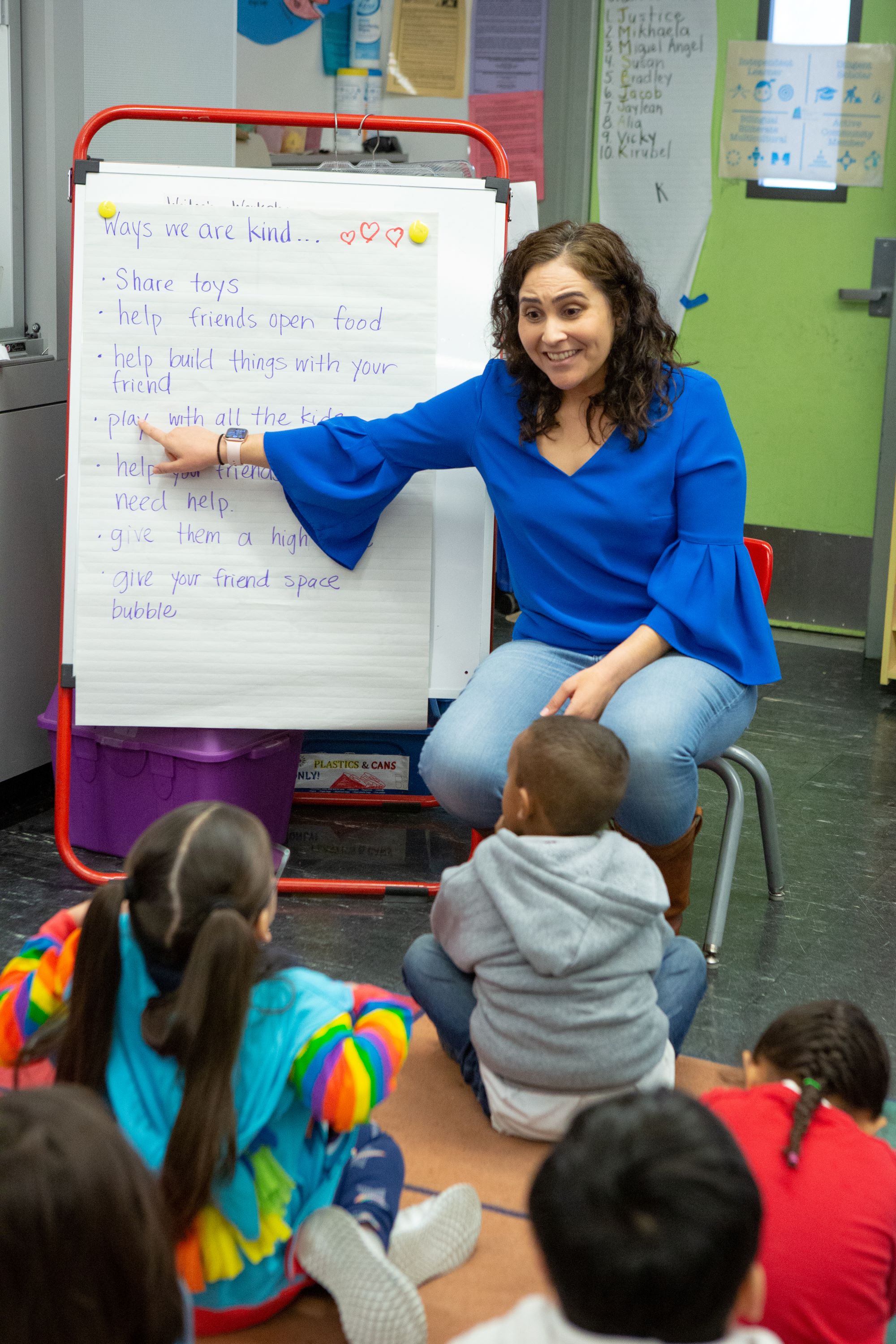
Social Emotional Learning (SEL) emerged as a distinct field some 25 years ago, but in recent years it has seen a resurgence as more and more research has come out that emphasizes its value. A comprehensive review of hundreds of studies confirmed that SEL raises academic performance, improves classroom behavior, and bolsters the ability of students to resist stress, depression, and other emotional challenges that, due in part to the ongoing pandemic, continue to persist at high levels.
All teachers, but PBL practitioners in particular, should take notice of one recently-published paper by Lucas Educational Research. This white paper affirms that SEL is essential to success not just in school, but in PBL specifically for a number of reasons.
SEL competencies such as forming positive relationships, empathizing with others, and regulating emotions all align to reinforce and support what goes on in a project-based classroom. The collaborative aspects of PBL, like self-management, conflict resolution, shared decision-making, and many other attributes are also addressed through SEL.
The bottom line is this—if we want projects that build skills such as communication, conflict resolution, and critical thinking for all of our students, embracing SEL may be essential.
The first and most widely known SEL frameworks was developed by the Collaborative for Academic, Social, and Emotional Learning. Known as the CASEL 5, this model focuses on five elements that, when integrated into academic experiences, help support collaborative work. But CASEL hasn’t been idle since they first introduced their model in the late 90’s, offering some timely revisions and updates that connect to the growing conversation around educational equity.
Transformative SEL in Action
In order to ensure that their SEL model is meaningful to all students and in all communities, CASEL has recently led the development of a refined framework with elements and strategies geared towards building more equitable learning experiences. Known as Transformative SEL, this approach utilizes the CASEL 5 model, but additionally focuses on developing skills and attitudes such as curiosity, agency, problem solving, and a sense of belonging. The result is a six-part framework that integrates fluidly into most Gold Standard projects, making it possible to create comprehensive, whole child learning experiences.
How can teachers best incorporate Transformative SEL into the context of their next high-quality PBL experience?
*The above table was adapted from the PBLWorks Social Emotional Learning in PBL workshop. Please visit this webpage for more information about this service.

